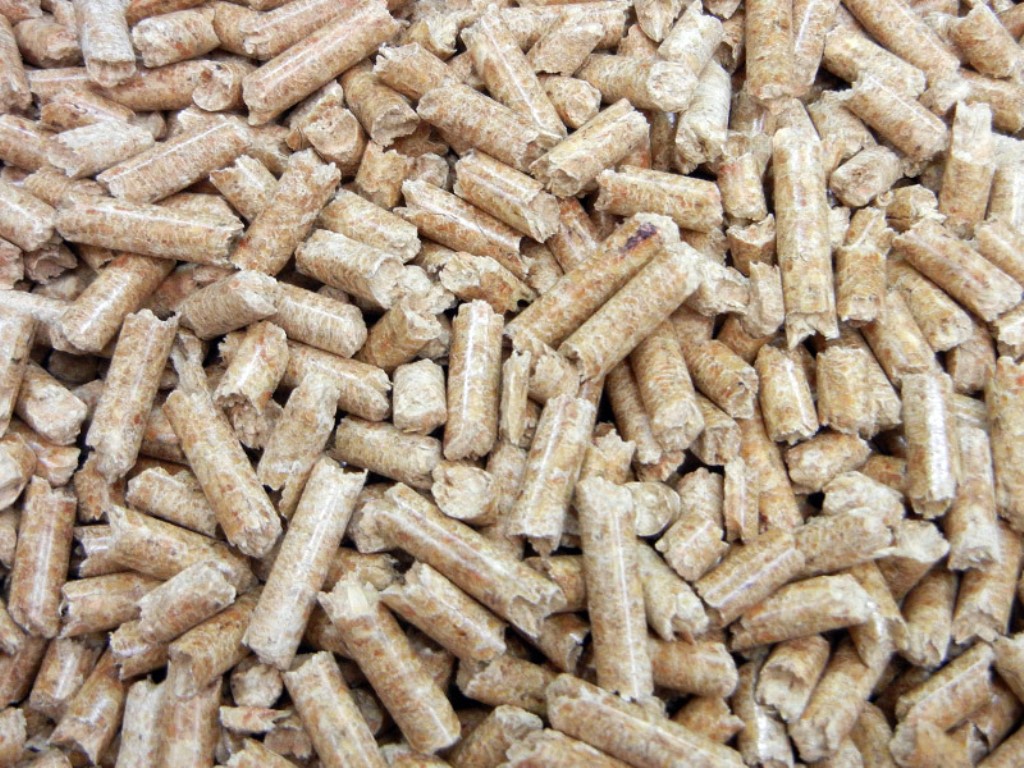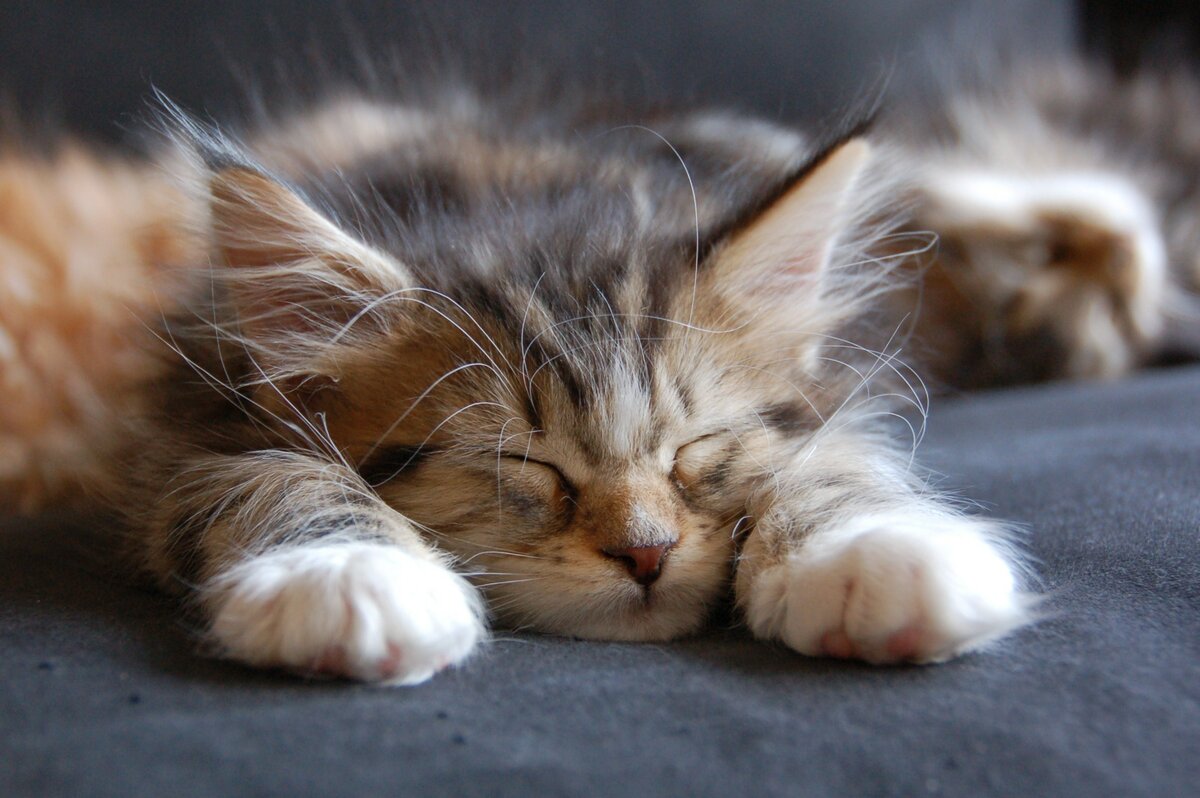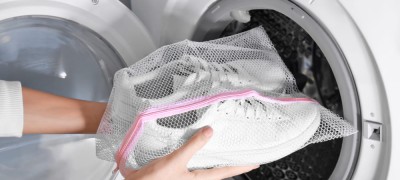How to train a little kitten to the toilet
The appearance of a small kitten in the house is always associated with new troubles. An important task, among other concerns, will be litter training. Do not assume that a cat can learn everything on his own, he definitely needs help and show him exactly where to go to the toilet. We learn from the article how to train a cat to the toilet.

At what age do you need to potty train
Having reached the age of 4-5 weeks, the kitten itself does not want to relieve itself where necessary. If he is not trained, he will independently choose a suitable place for himself. Speaking of training, from 6 weeks old kittens can master toilet wisdom, and at the age of two months they can cope with it almost perfectly.

The older the pet, the more difficult it will be to train it to the litter box, so you should not delay training.

Tray selection
The choice of a tray is a responsible matter, today in stores there is a wide selection of containers of different shapes and sizes. Since kittens grow very quickly, it is worth buying a large tray right away so that in the future the pet will not have any difficulties with going to the toilet. The quality of the product itself largely depends on the strength of the plastic used.

The height of the tray also matters; the sides should not be too low. Otherwise, all the filler may end up on the floor. Too high sides will cause a lot of inconvenience to the pet and make it difficult to train it to the litter box.

Important! Kittens don't like cramped containers. If the pet realizes that the tray is inconvenient for him, he will find another place.
With filler
Having decided on the tray, you should take care of the filler. If earlier for these cases they used ordinary sand from a sandbox or torn newspapers, today there are many fillers with different functions on sale. The main types are:
- Absorbent filler. The most budgetary option, the filler absorbs liquid well and prevents the appearance of an unpleasant odor. In appearance, these are large pebbles (in fact, it is clay), which resemble small sea pebbles. Due to its size, the filler does not stick to the kitten's paws and does not spread around the apartment.

- Clumping filler. In appearance it resembles sand or small granules, although in fact it is still the same clay. When urine enters, it wraps around the moisture source, forming a lump. This type of filler is quite convenient, since it is enough to simply remove the lump from the tray.

- Wood filler. It is worth saying that the smell of such a filler does not lock very well, but it does not remain on the pet's paws and is the most natural of all.

- Silica gel fillers. They hide the smell well and change it once a month. However, its cost is quite high, and cats make a lot of noise during its use.

No filler
Some owners prefer trays without filler, in which case the container will have a grid. This type of tray has several advantages:
- you can always see when, how and how the cat went to the toilet, which makes it possible to monitor the health of the pet;
- you can clean the tray in a timely manner, so the kitten will always go to a clean container;
- saving money because no filler purchase costs are required.

The difficulty arises due to the fact that you have to constantly monitor the filling of the tray, because the kitten may refuse to go into a dirty container.

Important! It is better to put a tray for a small kitten in the room where he spends the most time.
Step-by-step instructions for training a kitten to the litter box
Let's take a look at step-by-step instructions on how to toilet train your cat. First of all, the pet needs to be given time to get used to it a little, after which you can start acting.

Stages of litter training:
- Acquaintance. The kitten should become familiar with the "place" where it will go to the toilet. To do this, he is carefully planted in a tray so that he can sniff it. You can perform the following action: raise the kitten's paw and let it dig so that, at the level of instinct, the animal has a connection with this place.

- Observation. Of course, from the first time the animal may not understand where to defecate, but by its behavior it is not difficult to see when it is going to do it. As soon as you notice that your pet has begun to fuss, whirl, meow or dig, it should immediately be put in the tray and left there until it does its job. You should not show aggression and shout at the kitten, especially pushing it and trying to keep it in the container by force. This will provoke the appearance of fear and the kitten simply will not approach him anymore. If everything worked out, you can pet the animal and say affectionate words. You don't need to throw out the stool right away, because next time the kitten will find the tray by smell.

- Consolidation of the result. For some time, the animal can leave "surprises" in different places, so the "heap" that appears is transferred to the tray. The puddle should be blotted with a napkin and sent to the tray as well. To prevent this from happening again, the place should be well washed and disinfected.

Attention! Like small children, kittens want to potty after waking up, eating or playing. After eating, your pet will definitely want to empty, so you need to take it to the tray immediately.
Features of training an adult cat
It is a little more difficult to train an adult cat than a kitten, since it already has an established character. Therefore, during the training period, it is important to take into account its features. Basically, the problem arises with those individuals that have lived on the street for a long time.

So, the necessary steps for training an adult cat to the litter box:
- During the training period, the pet is limited in movement, it must be within the same room, where the tray is placed. Bowls of food and water are required.
- Observe the animal, as soon as you see that the cat is looking for a toilet, bring her to the litter box.
- The choice of a place for a container is very important, because it should be convenient not only for the owner of the apartment, but also for the pet itself. Obviously, the middle of the room will not be a good option; it is better to choose the corner of the room for this.
- If you see your cat ignoring the litter box and stool constantly elsewhere, move the litter box to that spot. Once the animal gets used to it, it can be moved to a more suitable one.

Advice! If the cat has lived with other owners for a long time, it is worth finding out which toilet they used for the cat or cat. It is important to clarify the type of pot and the filler used.
Common mistakes
How to toilet train a kitten at home or in an apartment is not an easy task. It is very important not to make mistakes that will only exacerbate the situation.

Many people mistakenly believe that if a kitten shits in the wrong places, then he does it on purpose and he should be punished for it. This is a big mistake that can lead to the fact that the kitten begins to hide in secluded places and shit under a sofa, table or bed. You need to be patient, because it will take time to get used to the tray.

Not allowed:
- beat an animal;
- leave one unattended in the room;
- do not give food and water.

Important! A cruel attitude can make your pet fearful and distrustful.
Kitten care
To keep your pet healthy, it is important to clean the litter box regularly. First of all, this is necessary in order to get rid of the unpleasant smell, because when changing the filler, it does not go anywhere.

In addition, if hygiene measures are not followed, other problems may arise:
- Formation of urinary stones. This is the main reason for bad smell in the room. The plaque is washed off easily; for this, different detergents are used. The tray should be thoroughly rinsed under water to avoid chemical odor.
- Toxoplasmosis. This disease is caused by unicellular parasites that are found in cat feces (if the animal is infected). If you do not clean the feces tray in a timely manner, a person can also suffer from this disease. For a pregnant woman, the disease is especially dangerous.

To avoid these problems, it is recommended to clean the tray after the kitten has gone into it, and change the litter every 3 days.

To keep the tray in good condition at all times, you need to adhere to the following rules:
- cleaning of faeces should be done immediately;
- choose trays from quality material;
- use high-quality filler;
- regular washing of the tray.
Not every pet owner has the opportunity to wash the tray after each bowel movement, so you can use special products in the form of sprays and special balls.

Love and patience are the main points that will help in such a difficult question, how to teach a little kitten to go to the toilet. Do not forget that in the first days of a kitten's stay in the house, it must be surrounded with attention and care.

VIDEO: How to train a kitten to the litter box.





